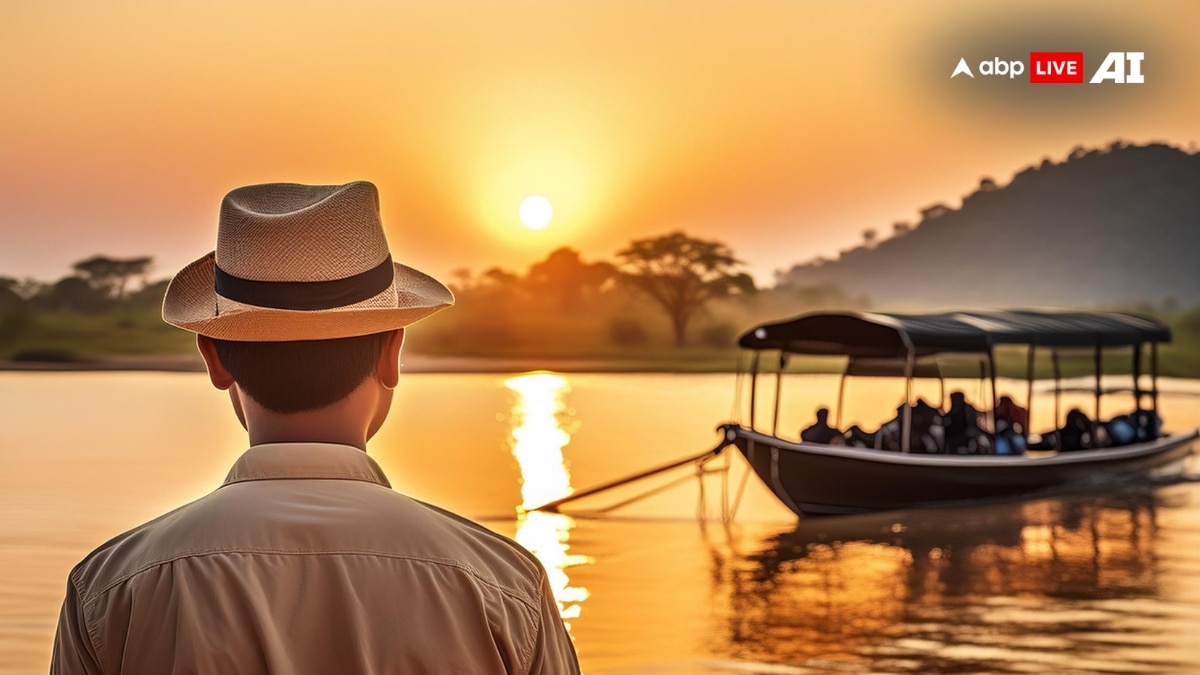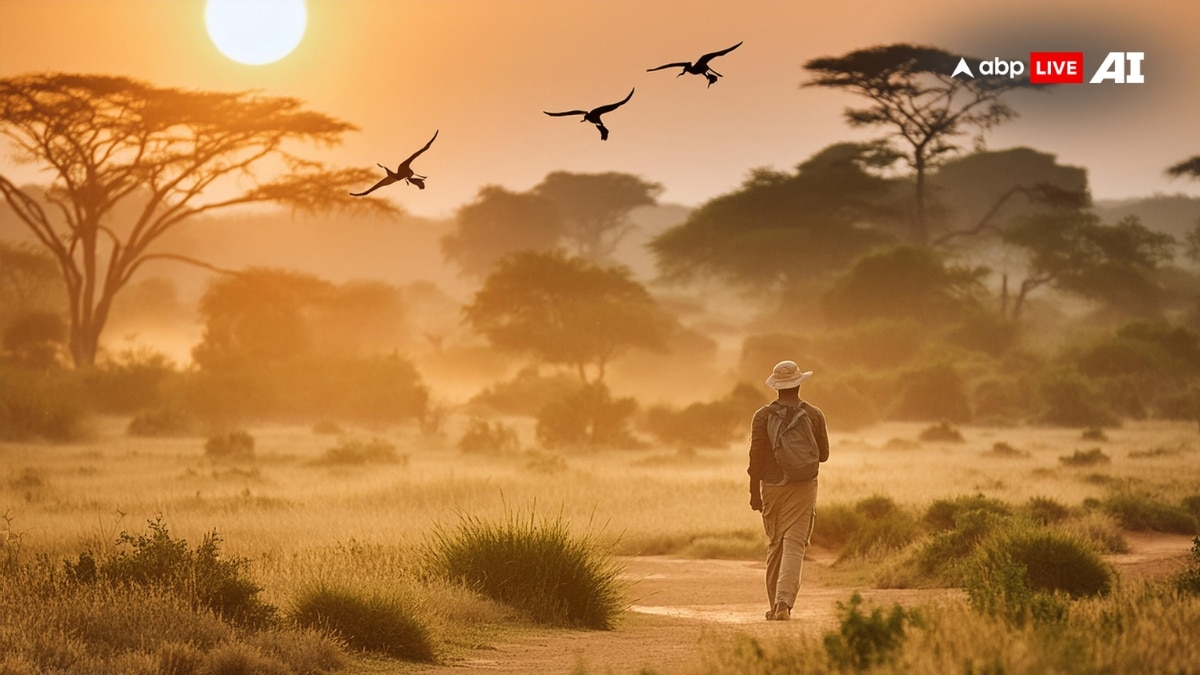Jeep Safari To Horse Riding Safari: Know Different Types For Adventure Enthusiasts
In India, there are several national parks, wildlife sanctuaries and forests that offer safaris where tourists have a thrilling adventure amid the lush greenery and wilderness.

Safari is an adventurous overland expedition, common in Africa, where travellers explore the geography, scenery, and wildlife. Linked to the development of national parks, its origins go back to hunting expeditions in Southern and Eastern Africa during colonial rule. Safaris have evolved and have become a means of economic growth for many Eastern and Southern African countries, surpassing traditional industries such as farming. In India also, there are several national parks, wildlife sanctuaries and forests that offer safaris where tourists have a thrilling adventure amid the lush greenery and wilderness.
However, when we hear the word 'safari' the first thing that comes to our mind is the forest and wildlife. But, safaris are much beyond that. This adventurous form of travelling also covers deserts and mountains. The Desert Safari in Dubai, for instance, is one of the most thrilling things to do in the desert state. A jeep ride over the dunes gives adventure enthusiasts a rush of adrenaline.
India also has several options for safaris, with each place providing something unique to travellers. Here are a few types of safaris that you can enjoy in India.
ALSO READ: Travel India: Vibrant Festivals Across The Country That You Can Witness During Summer
Types Of Safaris In India:
1. Jeep Safari:
A jeep safari is a present-day travelling arena for the wanderlust that passes through adventurous tracks such as Spiti, Ladakh, and Kutch. Focusing more on the journey over the destination, it provides the rush through the mountain passes, valleys, deserts, and forests. Of the popular trails, the North Indian areas of Manali, Leh, and Corbett are also preferred locations. These wildlife tours will give a detailed view of the fauna and geography of India as it is led by skilled driver-nature enthusiasts.

2. Boat Safari:
Boat safaris allow tourists to see the regions that are inaccessible through land. Well-known in Sunderban and Periyar, where wildlife watching by jeep or elephant is not possible. Visitors can see hippos burp, crocs sweep, and fish eagles wail, all while floating on the water. Also, the more adventurous travellers can engage in boat riding and river boarding along the coastlines of India for a thrilling ride.

3. Walk Safari:
The climatic conditions of the Indian sub-continent support different types of forests that provide an abode to a variety of wildlife species. Many seek this beauty in its well-guarded national parks and sanctuaries. Out of these, one is Satpura National Park where visitors are allowed to do walking safaris that entail hiking under the supervision of a guide. From this perspective, this exciting experience is perhaps one of the most fulfilling and adventurous modes of exploring areas occupied by wild animals, as such it is a perfect way of enjoying a virtual wildlife experience.

4. Mountain Bike Safari:
Mountain bike safari, a modern-day adventure, is a bike ride through the location and is equally exciting and fulfilling as it covers a much larger area as compared to walk-and-talk safaris. This way you come closer to the wildlife adds to the excitement of the venture without having the security of a car’s enclosed space. Mountain biking tourism has thus emerged as a popular trend among travel enthusiasts in India. A few of the famous motorable roads in the Himalayan region include leh-Zanskar in Ladakh, Manali-leh in Himachal Pradesh, and the Kangra Valley- all of which provide a thrilling experience for a rider.

5. Horse Riding Safari:
Riding on the back of a horse can help take you to certain places that cannot be reached by car- - a trip like this takes one back to history. Some of the more popular locations for this are the Rajasthan area and the Himalayan range in India. Horse safaris are sort of a tourism that combines sightseeing with some cultural issues as well as the customs of given regions.

Trending News
Top Headlines






































